
Arizona consistently produces the highest yields and quality of crops found anywhere. This is due to the skill and expertise of Arizona farmers and the management of the valuable natural resources that we depend on, which includes the soil, water, and climate we have in this region. Soil serves as the foundation of the agricultural systems that we all depend on. In agriculture, we recognize that healthy soil translates to healthy crops and farms (Brady and Weil, 2008 and Parikh and James, 2012).
There are three primary aspects of soil systems that are important in healthy soil function that include physical, chemical, and biological factors (Figure 1). These three aspects are of soil systems operate in an integrated manner, but we can consider them individually, beginning with the soil physical properties.
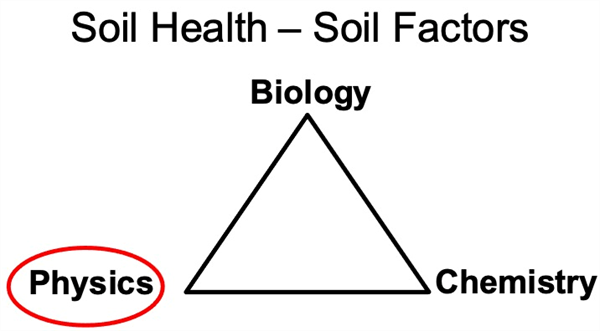
Figure 1. Soil health factors and physical properties.
Soil Texture
Soil texture determines the coarseness or fineness of a soil (Figure 2). Soil texture is defined by the relative proportions of sand, silt, and clay particles (Figures 3 and 4). The soil particles are defined by diameter size with sand (0.05–2.0 millimeters (mm)), silt (0.002–0.05 mm), and clay (less than 0.002 millimeters or the 2-micron (µ) fraction (10-6 m)).
Soil texture is a product of the geologic process of basic parent materials weathering, both physically and chemically, over long periods of time in each location making soil texture a prominent characteristic of any field or location. Soil texture cannot be changed in a practical manner, but we can utilize appropriate management practices suited for soils of varying textures.
Particles that are larger than 2 mm, such as rock fragments (pebbles, cobbles, stones, and boulders), are not considered in defining the soil textural class because they are relatively inert or non-reactive.
Soil particles provide the basic building blocks of the soil system and structure. The pore spaces between the particles and soil aggregates are extremely important since that is where most physical, chemical, and biological processes take place.
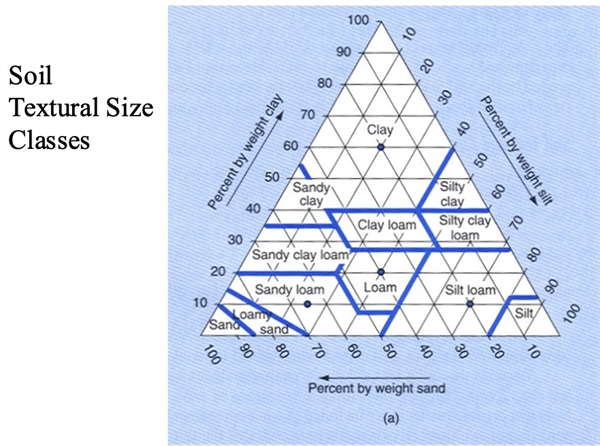 Figure 2. Soil textural triangle.
Figure 2. Soil textural triangle.
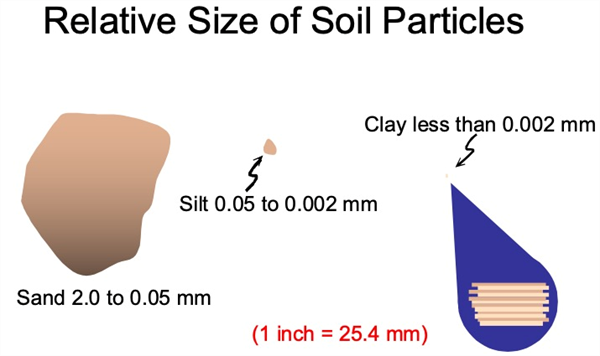
Figure 3. Relative size of soil particles.
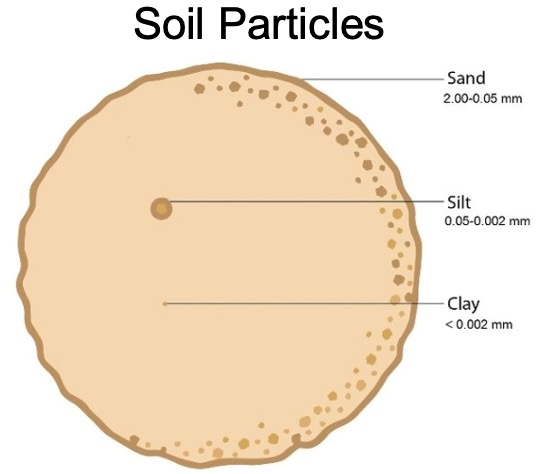
Figure 4. Proportional relationship of soil particles.
Aggregation
Soil particles provide the basic building blocks of the soil physical structure, but the way soil particles are assembled in clumps or aggregates. Aggregation is basically the arrangement of primary soil particles (sand, silt, clay) which are bound by soil organic matter and through other forms of particle interactions and associations. Aggregate stability is a good indicator of soil health.
As a result of the aggregation of soil particles, the sizes of soil pores can vary tremendously. The proportion of large, medium, small, and very small pore spaces in soils govern the important processes of water and air movement. In addition, soil pores provide the spaces where soil organisms and plant roots live, grow, and function.
Clay and finer textured soils (generally, soil textures in the upper ½ of the textural triangle) have smaller soil particles and aggregate structure that contribute to small pore spaces (often less than 0.002 mm or 2 µ). In contrast, sandy soils are dominated by pores that are larger (macropores). As a result, finer textured soils with high silt and clay content will have much higher surface areas within in given soil volume (Figure 5) and are more reactive physically and chemically.
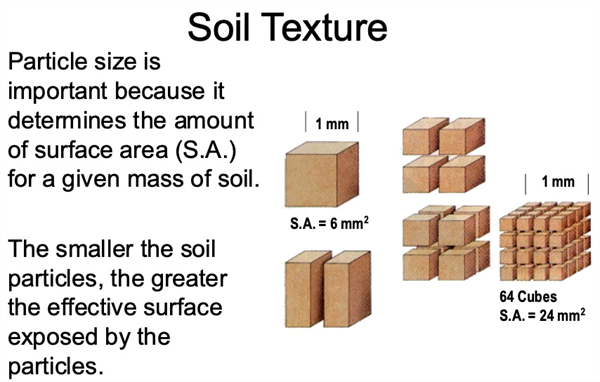
Figure 5. Soil particle size and surface area relationships.
We can see and feel soil aggregates when we pick up a handful of soil and see the clumps or pieces of soil, which are the soil aggregates. Soil aggregates consist of soil particles of varying sizes that are held together by both the attraction of soil particles and the binding capacity of organic matter between soil particles. There are several general types of common soil aggregates (Figure 6).
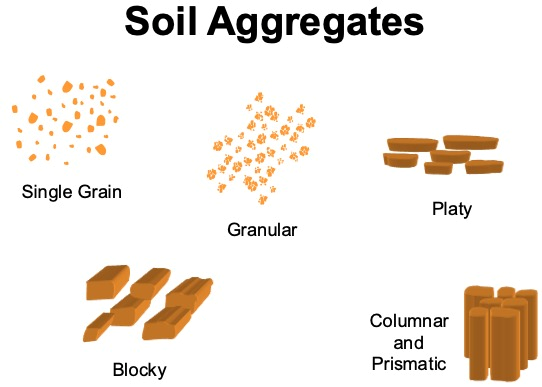
Figure 6. Examples of soil aggregates.
Soil Structure
Aggregates provide a very important function of soil structure. Aggregates also serve to hold and supply organic matter in soil; however, they also have structural functions. Soil aggregate structures provide large and small pores with large soil pores allowing faster water infiltration into the soil. Smaller soil pores provide the capacity of soil to hold more plant-available water. A healthy soil will have a good soil structure, often recognized in the field as good soil “tilth”.
Poor soil structure, due to a breakdown of soil aggregation and the dispersion of individual soil particles can be a problem for water infiltration into a soil. We can often see this in the field with soil crusting surface compaction (Figure 7a and 7b), which can also be symptom of high sodium (Na) concentrations in the soil.
Consequently, soil structure is critical to our efforts to manage soil salinity since we need good water infiltration and percolation to accomplish adequate soil leaching to remove soluble salts from the crop root zone (Figure 8).
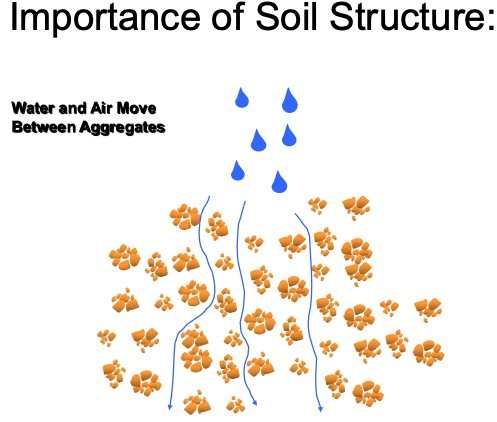
Figure 7a. Importance of good soil structure.
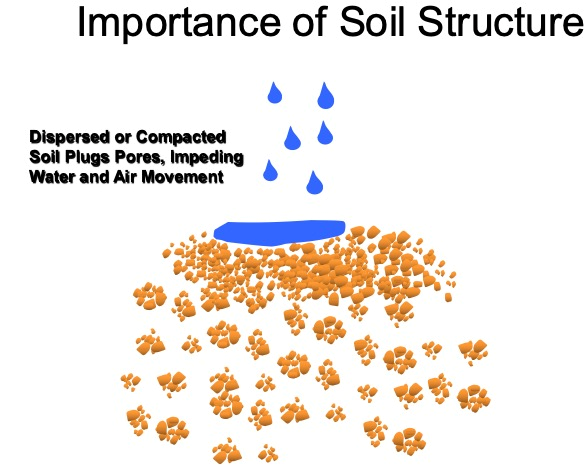
Figure 7b. Example of unfavorable soil structure, such as a dispersed or
compacted soil structure.

Figure 8. Good soil structure and the relationship to leaching
capacity in a soil.
Soil health is affected by several factors including the physical, chemical, and biological properties of the soil system (Figure 1). Of the physical soil properties, aggregation and structure are two of the most important factors affecting soil health. Soil texture, aggregation, and structure are all inter-related and provide a strong influence on the environment that plants deal with in the field. These soil characteristics impact root development as well as water and air movement in soil. Managing soils to enhance these physical properties of aggregation and structure can be a real benefit for soil health and crop production systems.
References:
Brady, N.C. and R.R. Weil. 2008. The Nature and Properties of Soils, 14th ed. Prentice Hall: Upper Saddle River, NJ. Parikh, S. J. and B.R. James. 2012. Soil: The Foundation of Agriculture. Nature Education Knowledge 3(10):2
https://www.nature.com/scitable/knowledge/library/soil-the-foundation-of-agriculture-84224268/#
This study was conducted at the Yuma Valley Agricultural Center. The soil was a silty clay loam (7-56-37 sand-silt-clay, pH 7.2, O.M. 0.7%). Spinach ‘Meerkat’ was seeded, then sprinkler-irrigated to germinate seed Jan 13, 2025 on beds with 84 in. between bed centers and containing 30 lines of seed per bed. All irrigation water was supplied by sprinkler irrigation. Treatments were replicated four times in a randomized complete block design. Replicate plots consisted of 15 ft lengths of bed separated by 3 ft lengths of nontreated bed. Treatments were applied with a CO2 backpack sprayer that delivered 50 gal/acre at 40 psi to flat-fan nozzles.

Downy mildew (caused by Peronospora farinosa f. sp. spinaciae)was first observed in plots on Mar 5 and final reading was taken on March 6 and March 7, 2025. Spray date for each treatments are listed in excel file with the results.
Disease severity was recorded by determining the percentage of infected leaves present within three 1-ft2areas within each of the four replicate plots per treatment. The number of spinach leaves in a 1-ft2area of bed was approximately 144. The percentage were then changed to 1-10scale, with 1 being 10% infection and 10 being 100% infection.
The data (found in the accompanying Excel file) illustrate the degree of disease reduction obtained by applications of the various tested fungicides. Products that provided most effective control against the disease include Orondis ultra, Zampro, Stargus, Cevya, Eject .Please see table for other treatments with significant disease suppression/control. No phytotoxicity was observed in any of the treatments in this trial.
Shallowing steaming soil for weed control in spinach and baby leaf lettuce crops – machine in action and trial results (>89% weed control) video. Watch it here!
Fig. 1. Steam applicator principally comprising a 63 BHP steam generator
mounted on a bed-shaper applicator sled for killing weed seed prior to planting.
Steam applicator injects steam as beds are formed.After cooling (< ½ a day), the
crop is planted into the disinfested soil.
Do you know the botanical families of all the small acreage specialty crops grown in the low desert?
The family is an important factor in deciding what type of herbicides can be used for weed control in our crops. For some of us it has been difficult to keep track of the families. I found a table published in this Newsletter by our Applied Weed Science maestro Barry Tickes.
Hope you like the chart with the botanical families of many of these crops and herbicides that might be used on them.
|
Botanical |
Crops |
Possible herbicides |
|
Brassica |
Bok Choy, Napa, Mizuna, Kale, Kohlrabi, Turnip Greens, Mustard, Tatsoi, Arugula, Radish, Daikon |
Prefar, Trifluralin, Dacthal, Stinger, Poast, Select |
|
Umbelliferae |
Cilantro, Celery, Coriander, Parsley, Dill, Parsnip, Fennel |
Prefar, Lorox, Poast, Prometryne |
|
Aster |
Endive, Escarole, Chicory, Radicchio |
Prefar, Trifluralin, Kerb, Fusilade, Poast, Select |
|
Amaranth |
Spinach, Chard, Beets |
Roneet, Dual Magnum, Poast, Select |
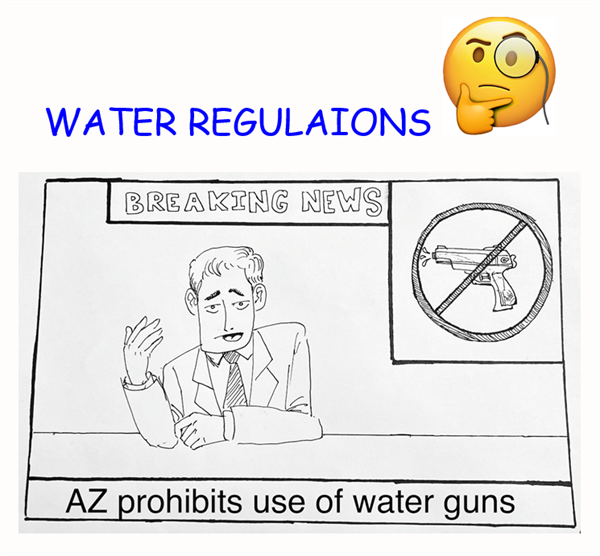
Results of pheromone and sticky trap catches can be viewed here.
Corn earworm: CEW moth counts down in all traps over the last month; about average for December.
Beet armyworm: Moth trap counts decreased in all areas in the last 2 weeks but appear to remain active in some areas, and average for this time of the year.
Cabbage looper: Moths increased in the past 2 weeks, and average for this time of the season.
Diamondback moth: Adults increased in several locations last, particularly in the Yuma Valley most traps. Below average for December.
Whitefly: Adult movement remains low in all areas, consistent with previous years
Thrips: Thrips adult movement continues to decline, overall activity below average for December.
Aphids: Winged aphids still actively moving but declined movement in the last 2 weeks. About average for December.
Leafminers: Adult activity down in most locations, below average for this time of season.